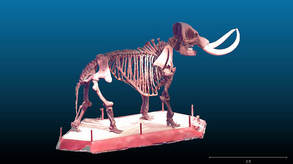ARI VIRTUAL MUSEUM
Under Construction
 Click to enlarge
Click to enlarge
 Click to enlarge
Click to enlarge
 Click to enlarge
Click to enlarge
 Click to enlarge
Click to enlarge
 Click to enlarge
Click to enlarge
|
The ARI website was funded in part by a grant from The Perkins Charitable Foundation. |
|